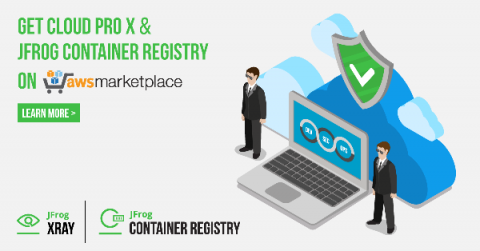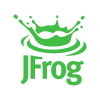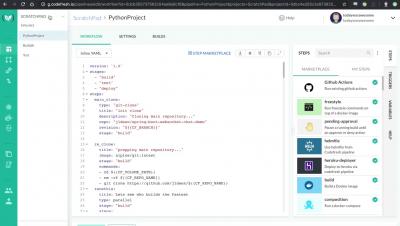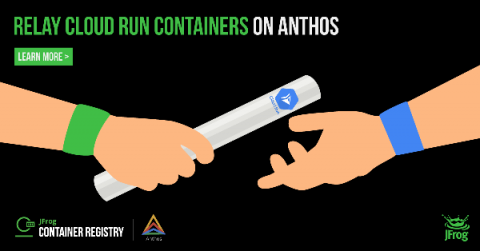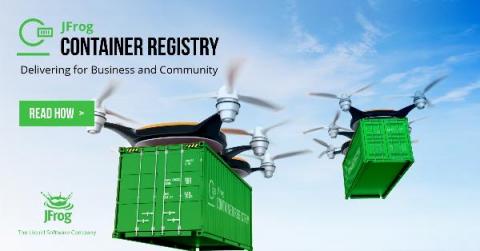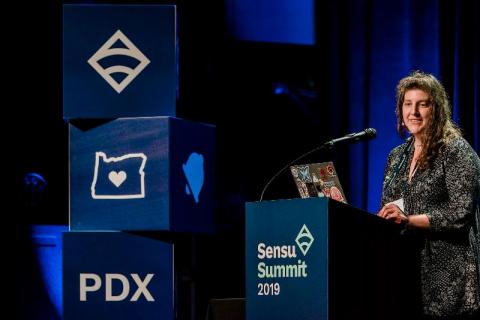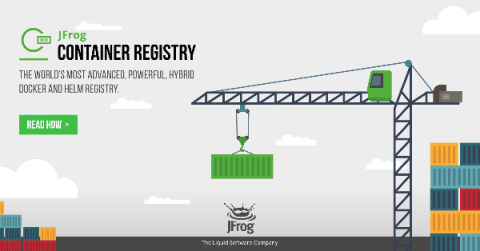Operations | Monitoring | ITSM | DevOps | Cloud
CI CD
The latest News and Information on Continuous Integration and Development, and related technologies.
JFrog Offerings on AWS Marketplace Cover the Full DevOps Experience
JFrog is excited to announce it has expanded its DevOps offerings on the AWS Marketplace to include the most advanced Container Registry in the market, and an advanced Universal DevSecOps solution allowing developers to invent the best code ever while leaving the overhead to us. In this blog, we will introduce our latest offerings – JFrog Container Registry and Cloud Pro X.
DevOps: 8 Reasons for DevOps to use a Binary Repository Manager
Leapfrog to the Future of DevOps
DevOps Patterns and Antipatterns for Continuous Software Updates
Live CI/CD Debugging and Breakpoints
Dash to Docker for Cloud Run on Anthos Hybrid
Developing for Google Cloud Run in a hybrid system managed by Anthos isn’t a solo race, it’s a relay between cloud and on-prem. To win, you’ll need an advanced Docker registry that can swiftly pass your containers for Cloud Run functions from one environment to the next. In our example hybrid architecture, you’ll see how JFrog Container Registry can be that reliable relay partner.
JFrog Container Registry Delivers For Business and Community
Ever since container technology hit the scene in 2013, it’s generated excitement from developers and operations teams. Using containers to deliver apps and microservices helps enable large scalable deployments with smoother rollouts, accomplishing in minutes what used to take hours, if not days. Delivering the containers themselves, however, can still be challenging to do across all types of modern infrastructure.
How Harvard automates monitoring with Sensu Go
Sensu Summit 2019 featured talks from the Sensu Community, including Harvard University SRE Molly Duggan, who shared how the Harvard FAS Research Computing Department uses CI/CD pipelines and the Sensu Go API to automate monitoring for their highly complex infrastructure.
Announcing JFrog Container Registry
For over a decade, JFrog has been performing heavy lifts. We pioneered artifact management, have served developers with industry-leading tools, and helped them get containers quickly and safely where they need to go. Today we’re delighted to announce JFrog Container Registry, the world’s most advanced, fully hybrid Docker registry that’s free to use on-prem, in the cloud, or both.



